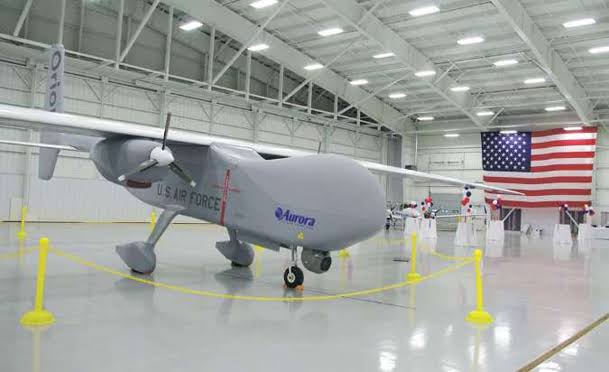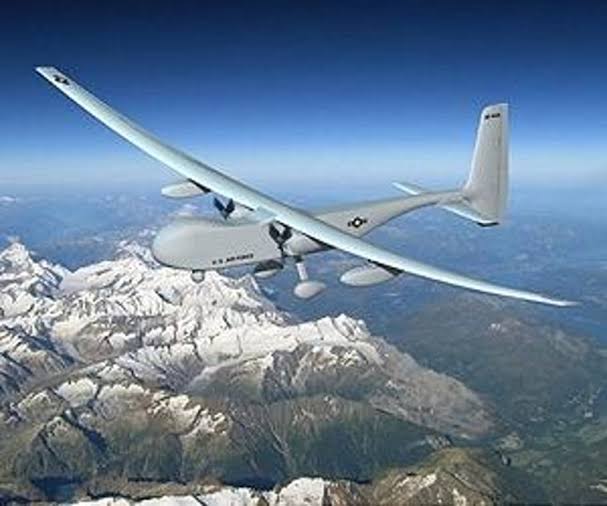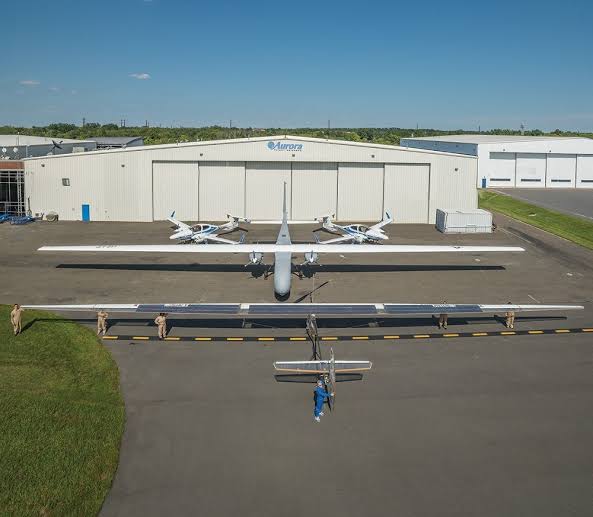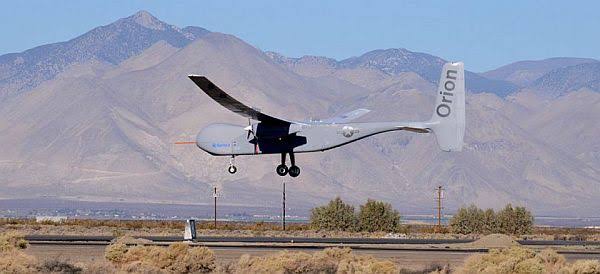The aircraft we present today is a UAV (Unmanned Aerial Vehicle) named Aurora Flight Sciences Orion which was developed by the Aurora Flight Sciences as their medium range and long endurance UAV. The world of UAV is popularly referred to as the generic accumulation of the name Drone which is to produce a MALE (Medium Altitude Long Endurance) flight platform that can fit well into the military budgets and also has low operation long term costs. One of the few in this line that have achieved the military’s approval is the Boeing’s Phantom Eye and the AeroVironment Global Observer, both of which are powered by the hydrogen powered multiple engines. A new contender in this field I the Aurora Flight Sciences Orion that was created in the Manassas, Virginia. The minimum capabilities of this aircraft are to create a MALE platform which can have 120 hours of endurance at an altitude of 20000 feet as well as carry a payload of nearly 1000lbs.

In order to let our readers know more about the Aurora Flight Sciences Orion we present to you some of the lesser known facts about the Aurora Flight Sciences Orion.
Background:-

The work on the project for the Aurora Flight Sciences Orion started back in 2006 after the US Army had funded the project HALL (hydrogen Fuelled, High Altitude, Long Loiter) UAV. Originally the Aurora Flight Sciences Orion was started as a single engine UAV which was powered by hydrogen fuel as well as have the high altitude and ability to carry a payload of 400 lbs at an altitude of 65000 feet. Other similar aircraft in its design and specifications were already present like he Boeing Phantom Eye and the AeroVironment Global Observer.
The project for the Aurora Flight Sciences Orion as elected by the AFRL (Air Force Research laboratory) back in 2007 and then in 2009, the AFRL won a joint contract with Aurora Flight Sciences to build the Orion.
A high endurance UAV:-

The benefits for the long endurance UAV were obvious in these times due to their low operating costs as they did not needed to return to their base of take-off quite often. The nature of the flight systems also did not put the life of the pilots for these UAVs at risk while traversing through the enemy territory. Now adding these capabilities with its other features allowed for a MALE UAV to complete numerous missions with limited use of manpower due to the lessened requirement for the repeated landings for one sorties.
The only MALE UAV that fulfilled these requirements as per the 120/1000/20000 project was Orion and it also fell in line with US Military’s many of the HALL UAVs. The possibility for this kind of system is going to increase in the future for not only military but for civilian applications as well.
Surveillance Platform:-
The main purpose for the Aurora Flight Sciences Orion UAV was to act as a surveillance platform instead of being a fighter one. The other UAV for example to have this likeminded surveillance platform is the Northrop Grumman’s Global Hawker drone family. So it is not to be confused to be an armed UAV like that of Predator family.
Brief intro about the Aurora Flight Sciences:-

The company behind the creation of Aurora Flight Sciences Orion is Aurora Flight Sciences which was founded by the engineer named John S. Langford III back in 1989 and they are currently a team of 350 people working in 4 main locations across USA. Their concern for developing the UAV system started with the data that they collected from the climate changes. This data was also the contributor for the creation of many concepts on other UAV programs like the Northrop Grumman Global Hawk as well as the many of the in-service Sikorsky helicopters. As for the Aurora Flight Sciences, they have used their data to create their own in-house family of UAVs like Perseus, Chiron, Theseus, GoldenEye, SunLight Eagle, MarsFlyer, Odysseys and now the Orion.
Design of Aurora Flight Sciences Orion:-

The design of the Aurora Flight Sciences Orion takes on the conventional look of an aircraft which houses a centralized fuselage as well as have monoplane wings with a traditional tail section. The fuselage s a little bit oversized in order to offer space for mission equipment, fuel stores as well as avionics.
The wings of the Aurora Flight Sciences Orion are straight in appearance and have a long span but still flexible. They were designed in a way where a single piece of the carbon fiber was placed atop the fuselage for generation of needed lift and also to help the clearance for engines.
The tail unit for the Aurora Flight Sciences Orion s comprise of a vertical rudder as well as 2 of the horizontal planes. The undercarriage for the Orion is partially retractable which means that the nose leg retracts backwards inside the fuselage whereas the main legs remain fixed in their place as the wheels are covered in the aerodynamic covers.
Expected roles for Aurora Flight Sciences Orion:-

In the scope of military service, Orion is expected to be used only for the following mission roles.
- Surveillance
- Intelligence gathering
- Reconnaissance
As for the payload carrying capacity of the Aurora Flight Sciences Orion, they are to be used for housing the following mission sensitive equipment.
- Cameras
- Optics
- Sensors
- Collection equipment
First flight:-
The very first successful test flight carried out by the Aurora Flight Sciences Orion was back on 24th August 2013 without having any other equipment. The exercise for the UAV spanned for about 3 hours and 31 feet where it reached at the maximum altitude of 8000 feet from mean sea level.
Powerplant:-

The powerplant for the Aurora Flight Sciences Orion is 2 of the Austro Engine AE300 turbo diesel engines which are the great solution for the size of the Orion’s airframe and its mission scope. These engines also allow for the Aurora Flight Sciences Orion to not consume the hydrogen fuel instead use the traditional fuel for aircraft.
The maximum speed achieved by these diesel powered engines for Aurora Flight Sciences Orion is about 81 mph while flying at an altitude of maximum 20013 feet.
Program Updates:-

The new update of the Aurora Flight Sciences Orion suggests that this aircraft might be used in the program “Trump Border Wall” in order to monitor the activities of the Gulf of Mexico and the Caribbean in the water regions. In addition to this, the Aurora Flight Sciences Orion is expected to be tested by the US coast Guard and the US Air Force soon along with a possibility for being presented to the US Department of Homeland Security for their marine boarder surveillance.
Related Content
Interesting facts about the Avro Lancaster; The World War II Bomber
Interesting facts about the Grumman F7F Tigercat; The U.S. Navy’s First Twin-Engine Fighter

